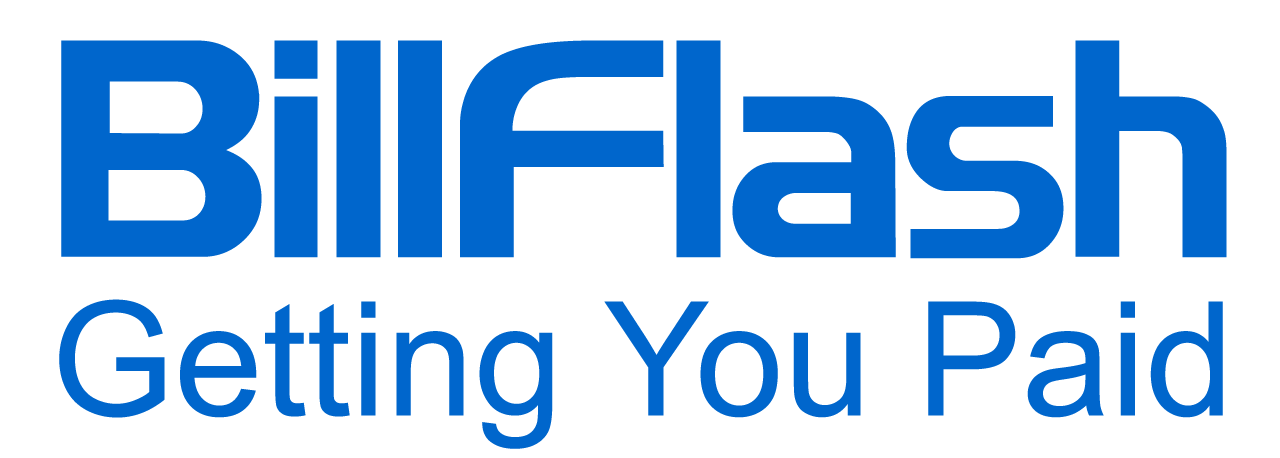Learn how patient financing can help your patients afford the care they need while supporting your practice's financial health.
Rising deductibles and higher out-of-pocket expenses have made it more difficult than ever for patients to afford the care they need. For patients, the rising costs lead to them making difficult decisions, such as delaying or skipping necessary appointments and treatments. For healthcare providers, these trends result in delayed payments, larger accounts receivable, and increased financial pressure on practice operations. To protect financial health while supporting patient access to care, practices need solutions that address both sides of the problem.
Patient financing offers a win-win approach by breaking down financial barriers for patients and empowering providers with more predictable, reliable revenue. Today, we will explore how patient financing can help your practice manage today's economic challenges.
The Challenge for Healthcare Practices
The growing burden of patient responsibility affects not only the financial health of individuals and families but also reshapes how healthcare practices operate and deliver care.
Rising Patient Responsibility
Over the past decade, patient financial responsibility has increased significantly. In 2023, total National Health Expenditures (NHE) grew by 7.5% to reach $4.9 trillion. This was about $14,570 per person and represented 17.6% of the U.S. GDP. These numbers reveal the rising financial burden that healthcare puts on individuals, families, and the economy as a whole. This trend also shows no signs of slowing down, with Medicare deductibles seeing substantial increases year over year. In 2025, the Medicare Part A inpatient hospital deductible is $1,676, which is $44 higher than the 2024 amount of $1,632.
The extent of this financial health challenge for practices goes beyond Medicare patients. A Commonwealth Fund survey found that nearly half of adults (48%) with medical debt are paying off $2,000 or more, and half of them report that the debt resulted from a hospital stay. This means that for many, a single medical emergency or chronic condition can trigger a financial crisis.
Think about what happens when a patient walks into your office needing a procedure that costs $3,000. Even with insurance, they might face a $2,000 deductible plus 20% coinsurance. That unexpected $2,400 medical bill turns into a major obstacle for someone living paycheck to paycheck. These financial pressures create a ripple effect throughout the healthcare system. Patients delay preventive care, skip follow-up appointments, and ration their medications. These are all decisions that lead to worse health outcomes and higher future expenses.

Delayed or Missed Care
When patients can't afford care, no one wins, including your practice's financial health. Millions of Americans report they've postponed necessary medical treatment due to cost concerns. In 2023, 28% of adults reported delaying or avoiding healthcare because they couldn't afford it. Those without insurance and those in fair or poor health were more likely to delay or forgo care due to cost.
This pattern of delayed care creates a cycle. A patient who skips routine diabetes management because they can't afford the copays may later require hospitalization for complications. What could have been managed with regular checkups and medication becomes a medical emergency requiring intensive and expensive intervention. For your practice, these delays mean treating sicker patients who require intensive care, addressing preventable emergencies, and managing the impact on staff who see patients experiencing health and financial challenges.
Impact on Practices
The shift in financial responsibility from insurers to patients has altered the economics of medical practices. Your practice used to receive most of its revenue from insurance companies on predictable payment schedules. Now, your practice may feel like more of a lending institution, holding large accounts receivable tied up in patient debt. As a result, your practice is likely spending far greater time and resources on billing and collections. Staff members who could be focusing on patient care instead spend hours making collection calls, helping patients enroll in payment plans, and managing unique billing situations.
Despite all of that work, the numbers still don't add up. Many practices collect only 50 to 70 percent of what patients owe, leaving tens of thousands of dollars trapped in unpaid balances. The remaining balance often becomes written off as bad debt, directly impacting the bottom line and limiting resources available for practice improvements, staff training, and care innovations. That's not just lost revenue; it's cash your practice has already earned but can't use, forcing you to operate with less while working harder to get paid. Over time, this puts additional strain on your practice's financial health.
Why Patient Financing Matters for Your Practice's Financial Health
Patient financing isn't just another way for patients to pay; it's changing the way practices address the affordability challenges. When you offer patients a clear, structured way to spread out their costs, you remove a key reason they hesitate to move forward: the fear of receiving a medical bill they cannot pay. The impact is also real. When patients know they can make smaller monthly payments on a schedule, they're more likely to accept the care they need. Practices that offer financing often see higher treatment acceptance, steadier cash flow, and fewer cases where cost becomes the reason for delayed or declined care.
Overall, financing doesn't just protect your bottom line; it can strengthen your financial health. When your practice manages patient financing correctly, it speeds up cash flow, cuts collection costs, and can nearly wipe out bad debt write-offs. Many practices receive full payment immediately from the financing company, while patients make installments over time. This means with the right patient financing solution in place, you can focus on care instead of payments.
The benefits also impact the entire practice. Staff feel better knowing they can offer a solution instead of denying patients care. Patients feel relieved when money stress is taken out of the equation. Those positive experiences also travel quickly; when people learn that your practice offers patient financing options, new patients walk through your door already feeling confident they can afford the care they need.

Introducing BillFlash FlexPay
BillFlash FlexPay is a patient financing solution designed to help healthcare practices address the challenges of rising costs and protect their financial health. FlexPay enables providers to receive payment by the next business day, while patients have the flexibility to pay through monthly installments. By removing barriers to care, FlexPay is changing how practices view patient financing.
FlexPay Benefits for Providers
With FlexPay, your practice is paid in full and is protected from the risk of non-payment. This reliable cash flow supports better financial health and planning and reduces the stress associated with collections. Practices that offer FlexPay can stand out to new patients who value flexible payment options, while also retaining existing patients by making care more accessible and building long-term loyalty. With fewer payment conversations at the front desk, staff can dedicate more time to patient care.
Benefits for Patients
FlexPay makes it easier for patients to afford the care they need. The application is quick and simple, taking less than one minute online and requiring no paperwork or hard credit check. FlexPay's approval criteria are more inclusive than most traditional financing options, allowing patients with credit scores as low as 500 to qualify. With a 90% approval rate, most patients can take advantage of FlexPay's financing options. Every approved patient is guaranteed a 0% interest option, with additional terms of up to 18 months available, ensuring payments are affordable and transparent.
How FlexPay Works
FlexPay is designed for simplicity and efficiency. When patients receive their statement by mail, email, or text, they can view and pay their bill online. From there, they’re presented with multiple payment options—including FlexPay—where they can apply for patient financing in under a minute. Once the patient is approved, providers receive immediate payment, and BillFlash handles the ongoing collections from patients.
Benefits for Healthcare Practices
Implementing FlexPay brings several financial health advantages to healthcare practices:
Stronger, Predictable Cash Flow
With FlexPay, you receive the full payment amount upfront, eliminating the uncertainty of missed payments. This steady inflow of revenue makes it easier for you to budget for payroll, keep crucial supplies stocked, or invest in impactful improvements, such as upgrading exam room equipment or adding new patient comfort items.
Reduced Bad Debt and Collection Costs
Traditional collections drain your time, money, and overall morale. FlexPay minimizes the need for follow‑up calls and third‑party collection agencies. With this solution as one of your payment options, you could see your overdue accounts drop significantly. The result is a leaner and more efficient revenue cycle, and a stronger financial health.
Improved Patient Satisfaction and Trust
Flexible, affordable payment options that include financing lead to higher patient satisfaction because these options improve the overall patient experience. Financial breathing room can lead to better adherence to treatment plans, fewer delayed procedures, and stronger long‑term relationships. Imagine a patient with no insurance who would have put off a necessary procedure. With FlexPay, they can move forward without financial strain, deepening their trust in your practice.
Competitive Advantage
In a crowded healthcare market, offering patient financing helps practices stand out. Prospective patients compare providers not only on their clinical knowledge but also on accessibility and convenience. If another practice provides the same service but you offer BillFlash FlexPay, you're more likely to win a patient's business and loyalty.

Help Patients and Protect Your Bottom Line With BillFlash
Rising healthcare costs don't have to mean financial strain for your patients or your practice. Patient financing, such as BillFlash FlexPay, enables patients to access the care they need without compromising their financial health. At the same time, it ensures that your practice maintains steady revenue and reduces administrative burdens.
Take the next step toward transforming your practice's financial health. Schedule a demo with BillFlash today to learn how FlexPay and our all-in-one billing, payment, and collections platform can help your practice increase collections, reduce stress, and strengthen patient trust.

